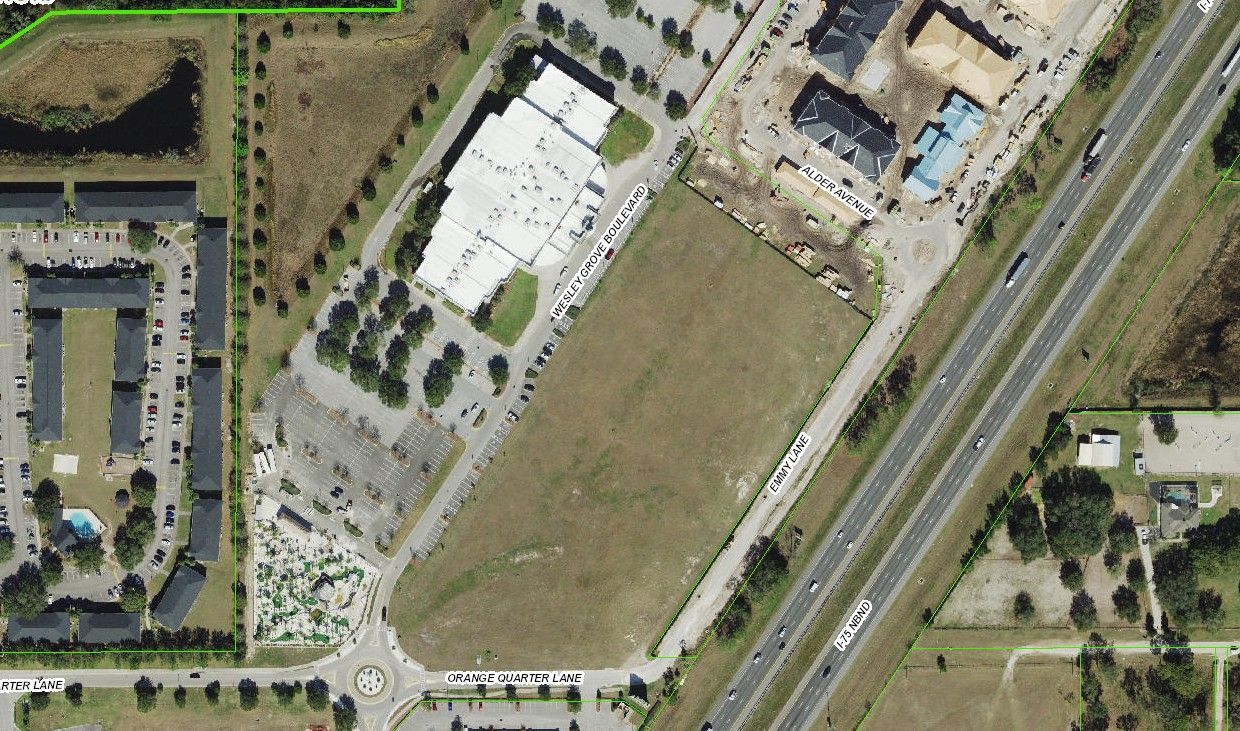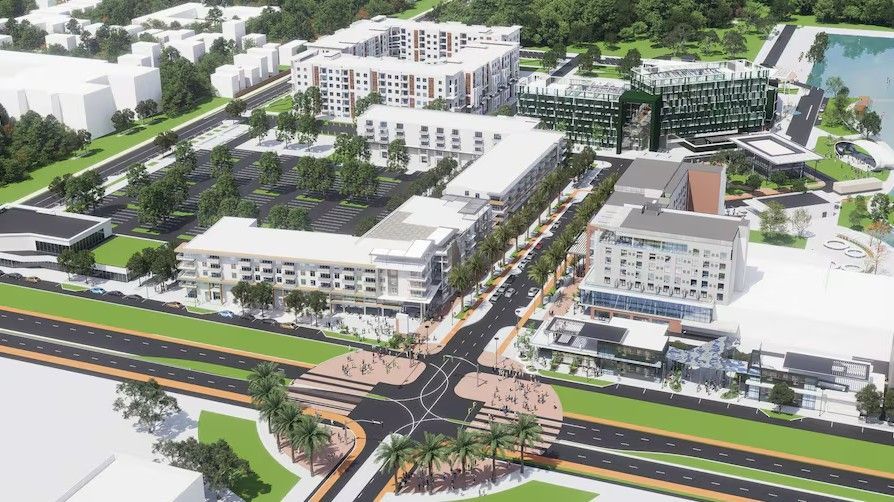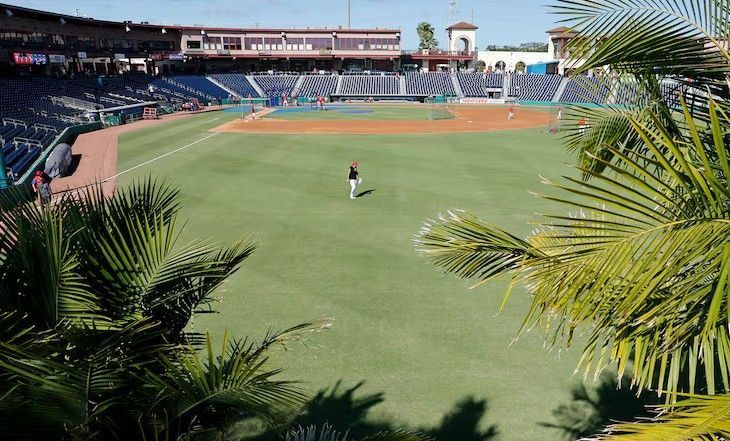Prime Retail Space Shows Signs of Intensifying
Retail property owners/landlords slashed rent prices as they struggled to fill storefronts during the first year of the COVID-19 pandemic. Some even accepted portions of monthly sales versus fixed rent from tenants whose businesses collapsed due to social distancing and government mandated closures. These deals helped retailers stay afloat and helped landlords keep valued tenants.
Now, prime retail space is filling much easier causing property owners to shed discounts and other concessions previously offered. Ed Coury, Senior Managing Director at firm RCS Real Estate Advisors says landlords are now telling tenants “Covid’s over; those days are done,”. The increase of leverage for landlords is a sign of retail real estate’s recent strength. Store openings have outpaced store closures for the second year in a row in 2023 after years of net closures according to Coresight Research.
In 2023, consumer spending remained resilient despite high inflation and recession concerns, and with scant new construction of retail real estate landlords remain optimistic retailers will be competing for the limited available space for the foreseeable future.
U.S. shopping centers saw vacancies fall to 5.3% in the fourth quarter, the lowest rate since Cushman & Wakefield began tracking metrics in 2007. Average asking rents rose to $23.70/SF – nearly 17% more than 2019 levels. Retail’s strong position stands in contrast of office real estate, where property owners are grappling with oversupply and drops in demand. To sign leases office landlords are now upping concessions such as cash gifts or month(s) of free rent to tenants.
Retail real estate has only recently seen a turn of events, having struggled for years with retailer bankruptcies, changing shopping habits, and the rise of e-commerce. The pandemic delivered a short, but huge blow to the retail sector and tenants that did renew leases or open new shops during this time were often able to secure favorable lease terms.
In 2020, landlords sought to keep restaurants and other retailers from going out of business. The percentage of sales agreements proliferated during this time and enclosed malls, which experienced prolonged closures during the pandemic, saw revenue from percentage of sales rent agreement jump in 2021 according to data firm Green Street. It was thought that percentage of sales agreements would become the new normal of retail real estate. Now nearly four years later, in person dining and shopping are booming and landlords are not likely to sign leases that leave rent collection subject to unpredictable ebbs and flows of the tenants monthly sales.
Percentage of sale arrangements can also lead landlords to uncomfortable conversations with a tenant if they do not believe a tenant is doing everything possible to maximize sales, therefore maximizing rent payments. Lenders also don’t like these rent structures, which make it increasingly difficult for landlords to finance or refinance loans of retail properties with these rental agreements in place.
This newfound negotiating power for retail landlords is not absolute. Older, tired properties will still need to offer concessions and accept lower rents to attract tenants. Most landlords are continuing to spend on renovating or building out retail spaces for new tenants and these costs have escalated along with construction prices. While percentage of sales arrangements are more common now than they were in the past, they often take the form of tenants paying a base rent along with a percentage of sales once tenants hit a certain threshold. When a restaurant or retailer has a strong year, the landlord collects and benefits from the “overage “rent”.
The percentage of sales agreements also gives a glimpse into retail real estate strengths. Even owners of enclosed malls, who historically have been more open to percentage-of-sales agreements, have been pushing to convert leases to fixed-rent structures with overage rent, said Vince Tibone, Green Street’s head of U.S. retail and industrial research.
Source: The Wall Street Journal
Thank you for your interest. If you are in need of Appraisal & Valuation services in the West Central Florida Market, contact:
Mike Cliggitt, MAI, MRICS, CCIM
813.405.1705 | 863.661.1165 - Direct Lines
SHARE CONTENT





